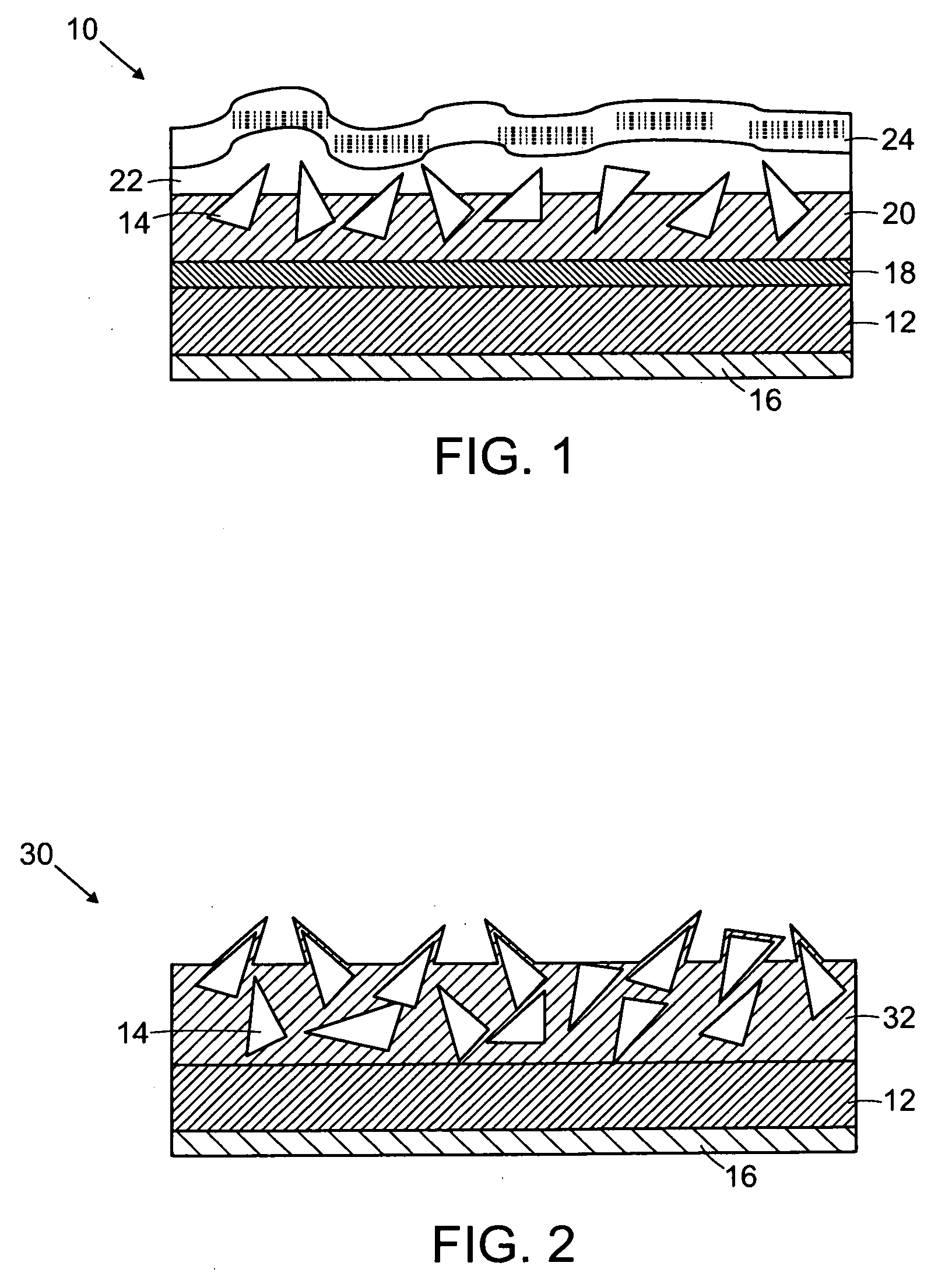Phenolic resin formulation and coatings for abrasive products
a technology of phenolic resin and abrasive products, which is applied in the direction of coatings, abrasives, manufacturing tools, etc., can solve the problems of limiting the performance of products incorporating such resins, and the potential health hazards of formaldehyde, so as to achieve relatively high water tolerance of reaction mixtures, relatively stable viscosity, and relatively high gel time
- Summary
- Abstract
- Description
- Claims
- Application Information
AI Technical Summary
Benefits of technology
Problems solved by technology
Method used
Image
Examples
example 1
Synthesis of Modified PF Resins of the Invention
A. Specifications of the Raw Materials
[0061]Phenol:[0062]Phenol taken=500 gm[0063]Generally technical grade of Phenol with defined purity 94% minimum[0064]Freezing point=40.9 deg C.[0065]Boiling point is 181.1 deg C.[0066]Specific gravity=1.0563
[0067]Formaldehyde Solution
[0068]Formaldehyde was used as an aqueous solution, which was 38.3% in concentration. Methanol up to about 5 wt % was added to formaldehyde to stabilize the formaldehyde and avoid the formation of para-formaldehyde.
Formaldehydetaken=(500*0.94*1.73*30*100) / (94*38.3)=677.546g
[0069]Para formaldehyde
ParaformaldehydewasusedasSolidpowderhavingapurityof96%Paraformaldehydetaken=(500*0.94*1.73*30*100) / (94*96)=270.316g
[0070]NaOH Catalyst
2%basedonthephenolweighttakenfortheexample:NaOHtaken=0.94*500*0.02=9.4gm,whichisdissolvedin9.4gmwater
[0071]Resorcinol
[0072]5 wt % of resorcinol, based on the weight of the phenol taken from the example, was used in the example. Resorcinol was add...
example 2
Formaldehyde Reduction Versus the Amount of Resorcinol Loading
[0089]Resorcinol-modified phenolic resins (“LTR”), having 2.5 wt % resorcinol, 5 wt % resorcinol, 7.5 wt % resorcinol and 10 wt % resorcinol, based on the weight of the phenol used for the preparation of the resorcinol-modified phenolic resins, were prepared as described in Example 1.
[0090]FIG. 3 shows the effect of resorcinol loading amount for reduction of free formaldehyde in the resorcinol-modified phenolic resins. As shown in FIG. 3, as the loaded amount of resorcinol increased, the amount of free formaldehyde (FFC) decreased. In FIG. 3, the conventional control sample is indicated with characters “std.”
[0091]Tensile strength of the resorcinol-modified phenolic resins and the control resin is shown in FIG. 4 (std: conventional resin; LTR 2.5:2.5 wt % resorcinol-modified resin; LTR 5:5 wt % resorcinol-modified resin; LTR 7.5:7.5 wt % resorcinol-modified resin; LTR 10:10 wt % resorcinol-modified resin). As shown in FIG...
example 3
Performance of Coated Abrasive Products Employing Resorcinol-Modified Phenolic Resin Bond
[0093]A coated abrasive product of the invention employing a 5 wt % resorcinol-modified phenolic resin (“LTR resin 2”), as prepared as described in Example 1, for its presize, make and size coats was prepared. A control coated abrasive product employing conventional phenolic resins CGF-1 (“standard resin 1”) and CGF-2 (“standard resin 2”) which was commercially available from West Coast Polymers, Ltd, for its presize, make and size coats also was prepared. Specification of the presize, make and size coats for the abrasive product of the invention (“resorcinol-modified prodcut”) and the control abrasive product (“standard abrasive product”) are summarized in Table 3 below.
RESORCINOL-MODIFIEDFORMULATIONSSTANDARD PRODUCTABRASIVE PRODUCTFront fill (Presize Coat)Standard resin 1 = 630 gmStandard resin 1 = 630 gmStandard resin 2 = 1.46 kgLTR resin 2 = 1.46 kgFiller = 1.0 kgFiller = 1.0 kgWater = 250 g...
PUM
| Property | Measurement | Unit |
|---|---|---|
| weight % | aaaaa | aaaaa |
| weight % | aaaaa | aaaaa |
| weight % | aaaaa | aaaaa |
Abstract
Description
Claims
Application Information
 Login to View More
Login to View More - R&D
- Intellectual Property
- Life Sciences
- Materials
- Tech Scout
- Unparalleled Data Quality
- Higher Quality Content
- 60% Fewer Hallucinations
Browse by: Latest US Patents, China's latest patents, Technical Efficacy Thesaurus, Application Domain, Technology Topic, Popular Technical Reports.
© 2025 PatSnap. All rights reserved.Legal|Privacy policy|Modern Slavery Act Transparency Statement|Sitemap|About US| Contact US: help@patsnap.com



